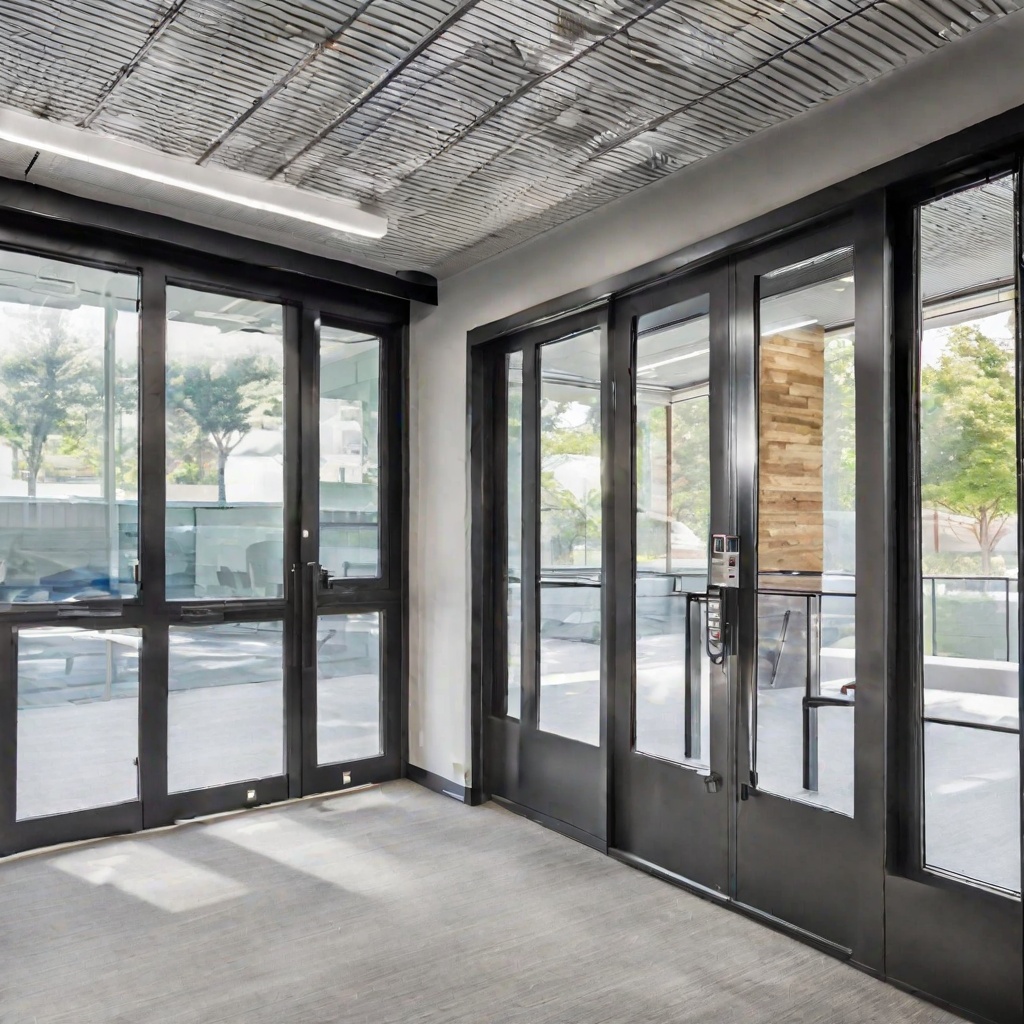When it comes to upgrading your home with new windows and doors, a common dilemma arises: should you tackle the installation yourself or entrust it to a professional? This decision is crucial as it impacts not only the outcome of the project but also your safety and satisfaction.
The Case for DIY Installation
Many homeowners are tempted by the prospect of saving money by opting for a do-it-yourself (DIY) approach. DIY installation can indeed be cost-effective, as it eliminates labor expenses associated with hiring a professional. Additionally, some individuals enjoy the satisfaction of completing home improvement projects on their own.
For those with ample time, basic carpentry skills, and access to the necessary tools, DIY installation can be a viable option. With comprehensive online tutorials and instructional videos readily available, even beginners can attempt to install windows and doors themselves.
Considerations Before Taking the DIY Route
Before diving into a DIY installation project, it’s essential to assess several factors:
- Skill Level: Do you possess the required skills and experience to handle the installation safely and efficiently?
- Time Commitment: Installing windows and doors can be time-consuming, especially for first-timers. Do you have the time and patience to dedicate to the project?
- Tools and Equipment: Do you have access to the appropriate tools and equipment needed for installation, such as a level, drill, caulking gun, and safety gear?
- Risk Factors: Are you aware of the potential risks involved in DIY installation, including improper sealing leading to energy loss or structural damage?
The Benefits of Professional Installation
While DIY installation may seem appealing, there are undeniable benefits to hiring a professional for the job. Professional installers bring expertise, efficiency, and precision to the table, ensuring that your windows and doors are installed correctly the first time.
Here are some advantages of opting for professional installation:
- Expertise: Professional installers have undergone extensive training and possess years of experience in installing windows and doors. They are familiar with best practices and building codes, minimizing the risk of errors.
- Efficiency: Professionals work efficiently, completing installations in a fraction of the time it might take an inexperienced individual. This means less disruption to your daily routine and faster enjoyment of your upgraded home.
- Quality Assurance: Professional installation comes with warranties and guarantees, providing peace of mind knowing that any issues that arise post-installation will be promptly addressed at no additional cost.
- Safety: Window and door installation can involve heavy lifting and working at heights. Professional installers have the necessary safety training and equipment to prevent accidents and injuries.
Making the Right Choice
Ultimately, the decision between DIY and professional installation depends on your individual circumstances, preferences, and priorities. If you’re confident in your skills, have the time and resources, and enjoy tackling home improvement projects, DIY installation may be a feasible option.
However, if you value quality, efficiency, and peace of mind, investing in professional installation is the way to go. By entrusting the job to experts, you can ensure that your windows and doors are installed correctly, enhancing the beauty, comfort, and energy efficiency of your home for years to come.
In conclusion, whether you choose to install windows and doors yourself or hire a professional, prioritize safety, quality, and satisfaction. After all, your home deserves nothing but the best.
Visit Website: https://whiteeagle-windowsanddoors.co.uk/
Ready to Transform Your Home?
If you’re ready to upgrade your home with new windows and doors, contact us today for professional installation services. Our team of experts is dedicated to delivering exceptional results, ensuring that your home improvement project is a success from start to finish.




